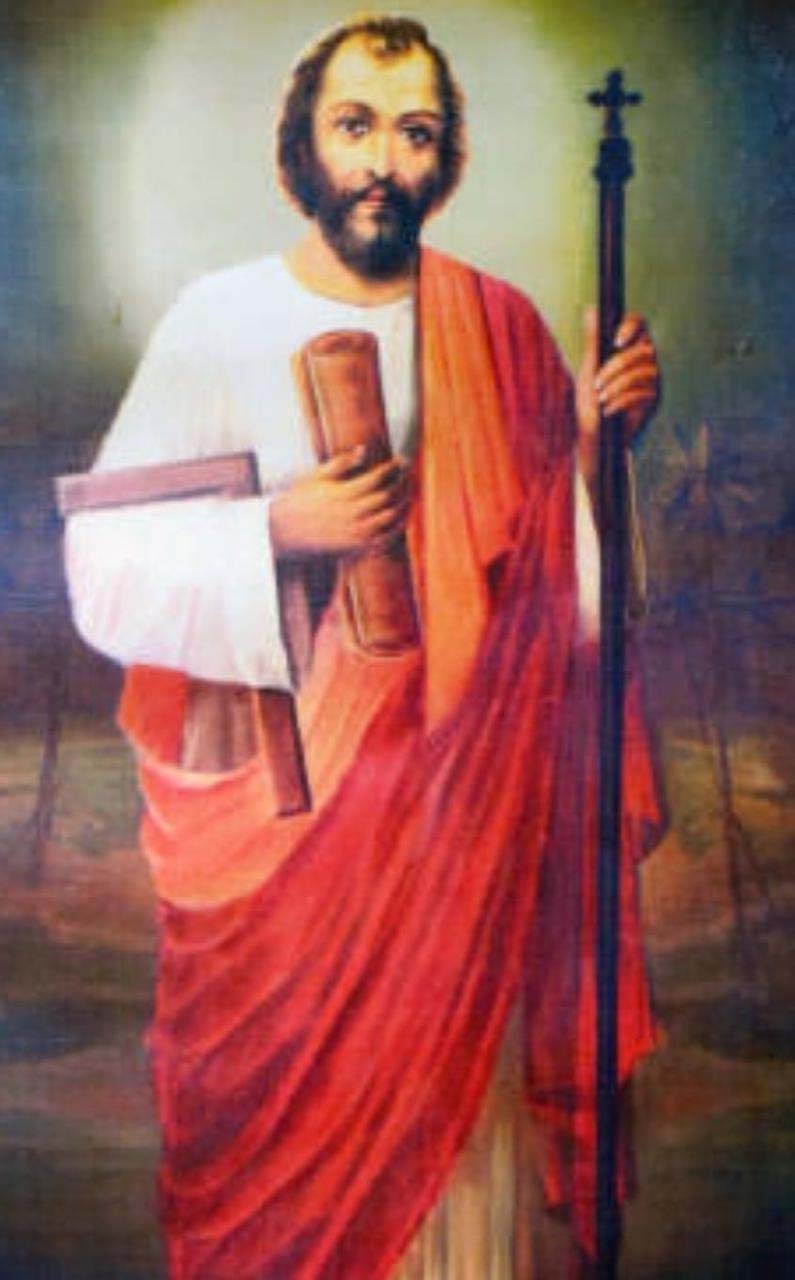
Christianity has deep and ancient roots in India. The Syrian Christian community of Kerala—known as the St. Thomas Christians—is recognized as one of the oldest Christian traditions in the world. The Malankara Orthodox Syrian Church proudly traces its apostolic origin to St. Thomas, one of the twelve apostles of Jesus Christ, who is believed to have arrived in India in AD 52 to preach the Gospel. From at least the fourth century, the Indian Church developed a close relationship with the Persian or East Syrian Church. Through this connection, Indian Christians adopted the East Syrian liturgical language and practices, which led to their identification as “Syrian Christians.”
In the sixteenth century, Roman Catholic missionaries arrived in Kerala and attempted to bring the St. Thomas Christians under the authority of the Roman Catholic Church. This effort culminated in the Synod of Diamper in 1599 and led to a significant schism, with those who accepted Roman allegiance forming what is now known as the Syro-Malabar Catholic Church. Later, Western Protestant missionaries also engaged with the community, resulting in further divisions. The seventeenth century marked another turning point when the Church entered into relations with the Antiochian (West Syrian) Church. This introduced West Syrian liturgical traditions and ecclesiastical practices, reshaping the Church’s identity.
In 1809, the synod held at Kandanadu formally accepted the West Syriac liturgical practices and decided to establish seminaries. This paved the way for the arrival of Anglican Protestant missionaries with their teaching mission and Bible translations. However, when the missionaries attempted to dilute Orthodox doctrines, the synod held at Mavelikkara in 1836 resolved to break off all connections with them.
The Mulamthuruthy Synod of 1876, was another defining moment in the Church’s modern history. It established the Malankara Association and its Managing Committee, replacing the older “Malankara Pally Yogam.” Later, in 1934, the Association passed the Church Constitution, which continues to provide the basic structure for administration at all levels.
A landmark event came in 1912 with the establishment of the Catholicate in India, affirming the Church’s autonomy and apostolic heritage. The Catholicos of the East and Malankara Metropolitan is enthroned on the apostolic throne of St. Thomas, and today H.H. Baselios Marthoma Mathews III serves as the ninth Catholicos in this lineage.
The Malankara Orthodox Syrian Church follows the West Syrian liturgy and upholds the faith defined by the first three Ecumenical Councils: Nicaea (AD 325), Constantinople (AD 381), and Ephesus (AD 431). The Church maintains communion with other Oriental Orthodox Churches and fosters ecumenical relationships with Eastern Orthodox, Roman Catholic, and Protestant communities. With thirty-two dioceses and hundreds of parishes worldwide, the Malankara Orthodox Syrian Church continues to uphold its apostolic mission and spiritual legacy, serving as a living witness to the Gospel first proclaimed in India by St. Thomas the Apostle.